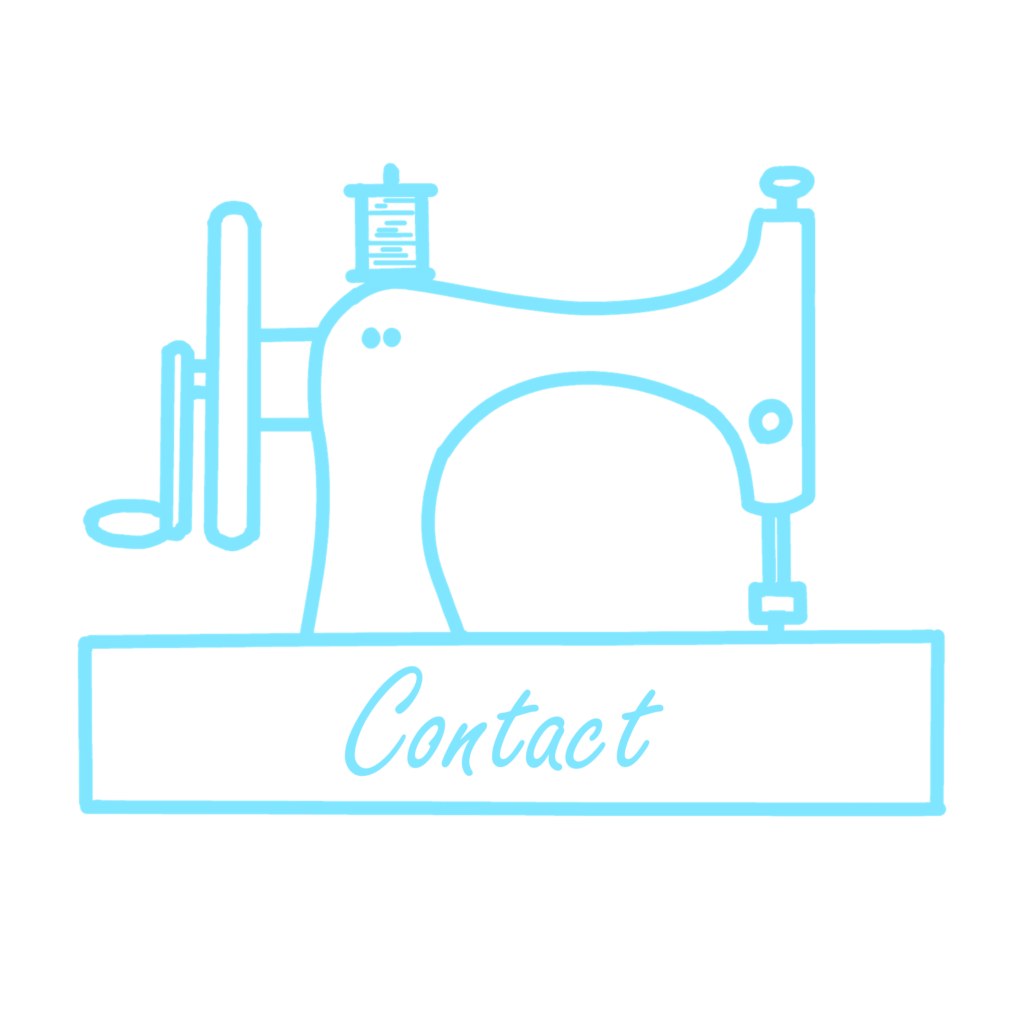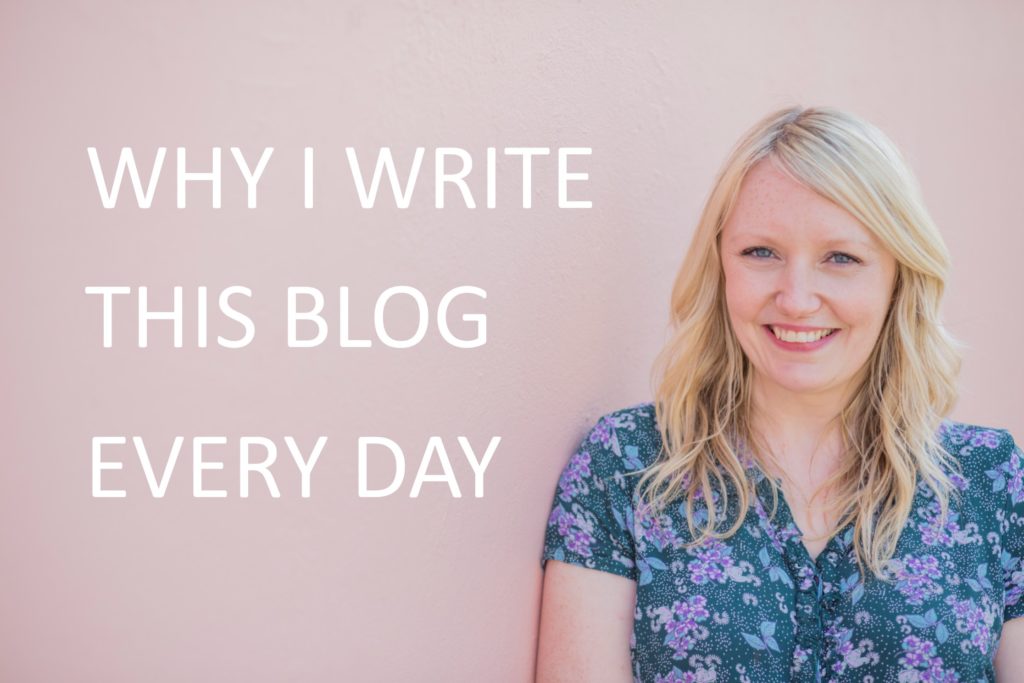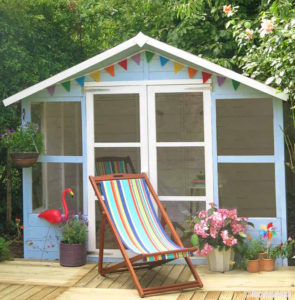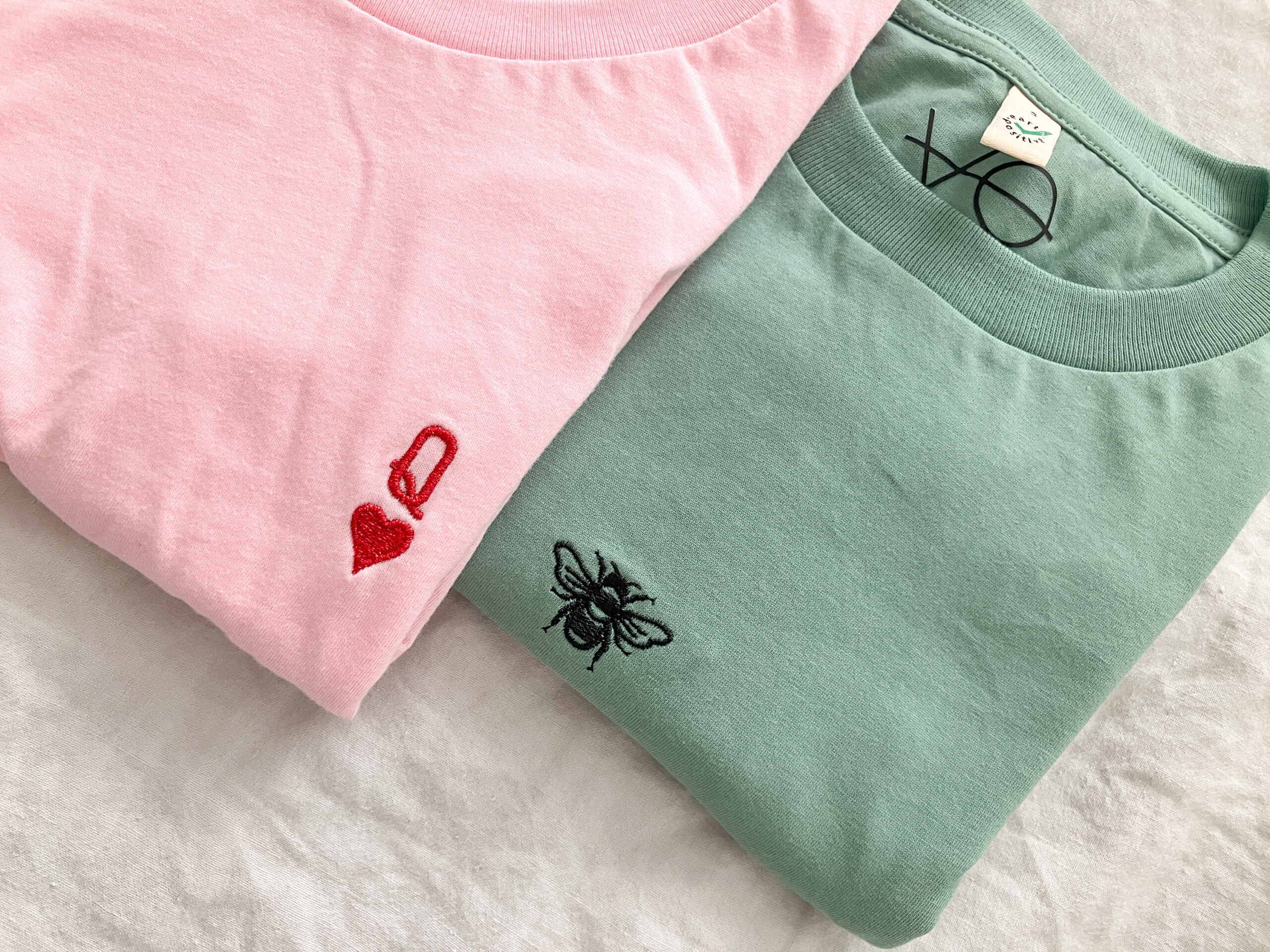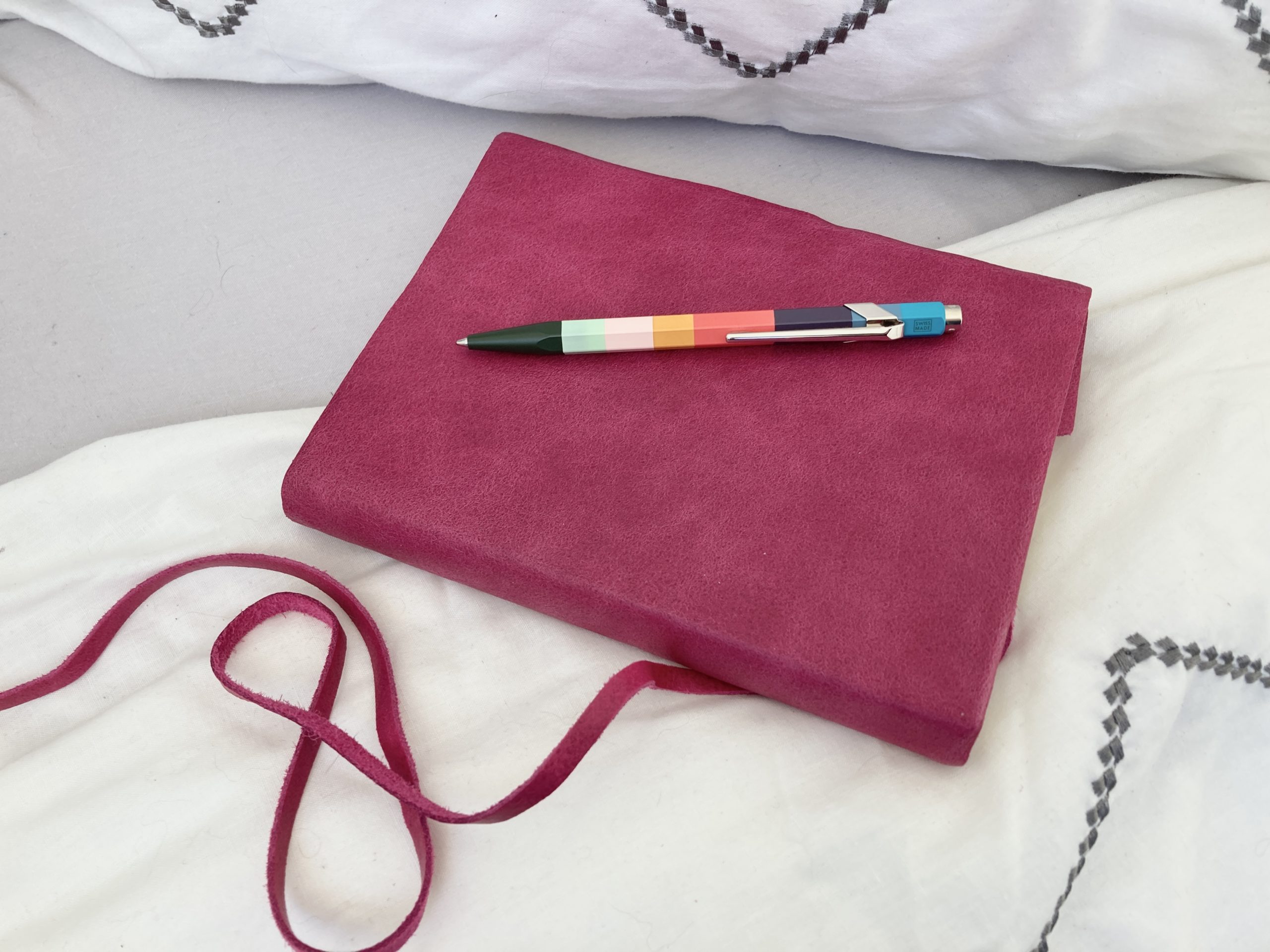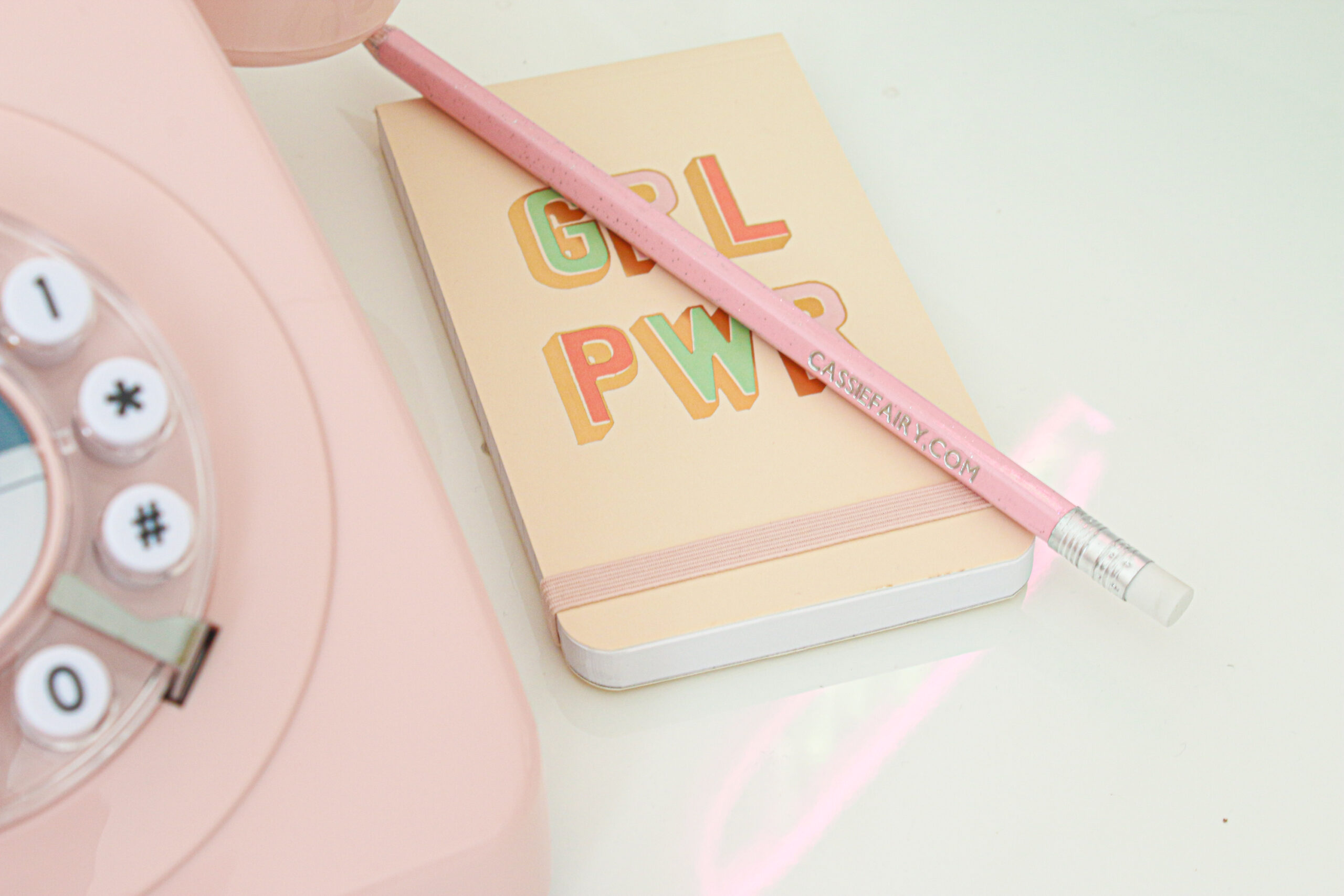Have you ever started work on a project only to look up at the clock and realise that three hours have passed? That you’ve been so absorbed in a hobby you enjoy or a creative task that you’ve completely zoned out? If so, it might be because you were in ‘the flow’, which is just one of the benefits that crafting can bring. Seeing as it’s National Creativity and Wellbeing Week, I’ve decided to share some of the many ways in which getting crafty can boost your physical and mental wellbeing…

1 MENTAL WELLBEING
In our fast-paced, multi-tasking, digital world, sometimes the only way to slow down is to disconnect and tackle a physical task instead. Craft activities are incredibly good for helping with this as you can only really do one thing at a time when you’re working on a task. That slower pace of life (if only while you’re crafting) will help your body to relax and unwind, and it gives your mind a chance to rest.

Concentrating on the activity helps to minimise worries and stress by keeping you ‘in the moment’ rather than worrying about past events or anticipating future problems. You’ll soon find that you get into ‘flow’ which, according to scientist and phycologist Mihaly Csikszentmihalyi, is the magic ingredient that leads to relaxation, happiness and optimum experiences: ‘The best moments usually occur if a person’s body or mind is stretched to its limits in a voluntary effort to accomplish something difficult and worthwhile.’
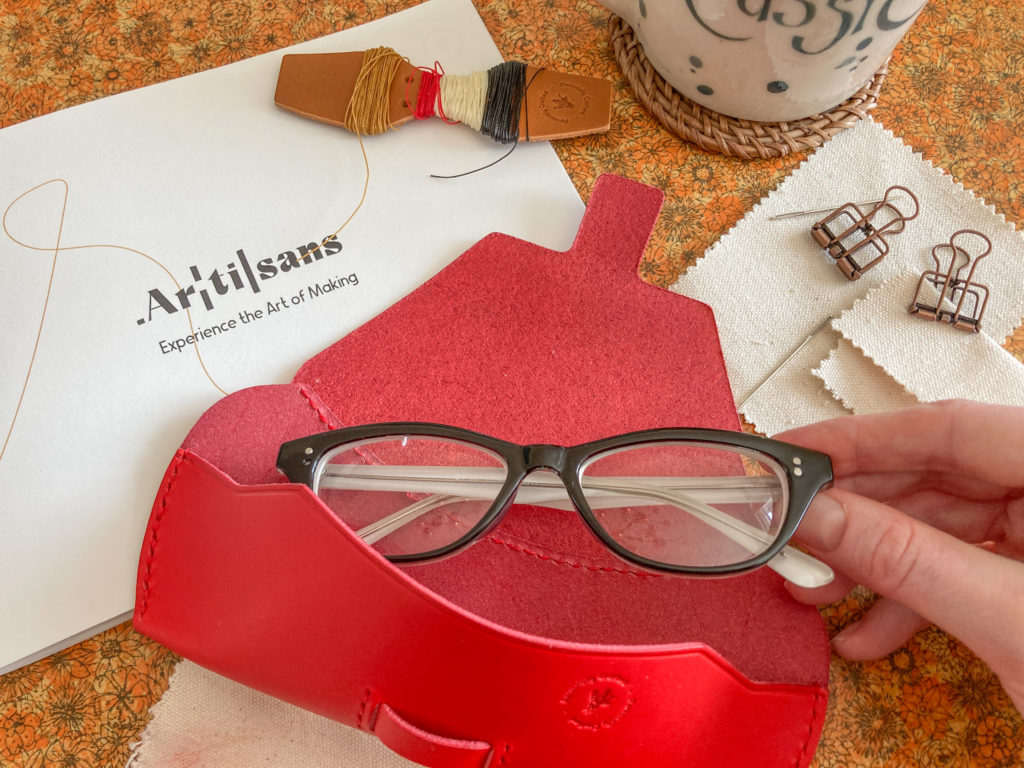
Becoming absorbed in a craft activity – so much so that those three hours pass in the blink of an eye, like when I was stitching leatherwork and learning knitting – helps to quiet your mind, allows your body and brain to work in harmony and you’ll feel a wonderful a sense of achievement afterwards. This because your brain rewards persistence with dopamine, says Steven Kotler, the Executive Director of the Flow Research Collective. ‘To get into flow, give yourself a large chunk of time with no external distractions to work on your project.’
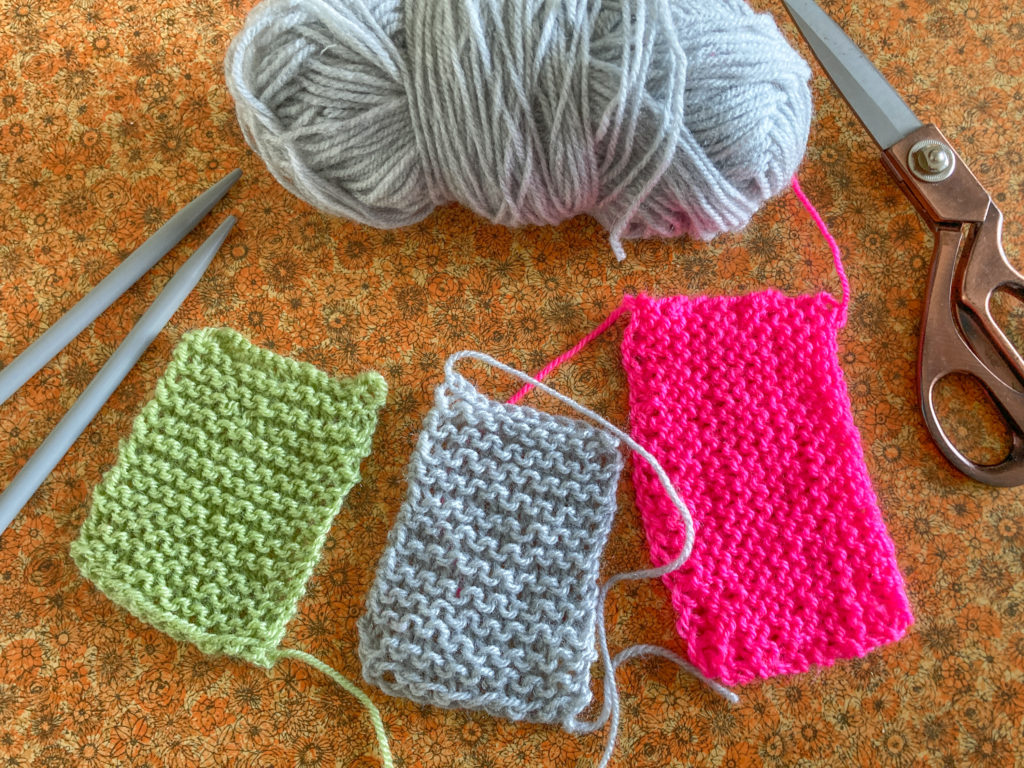
2 RELATIONSHIPS
Crafting or learning a skill doesn’t have to be a solitary activity. You can get creative with your partner, friends, family or children to develop new techniques as a group. It’s a great way to spend quality time together without even having to leave the house. For example, at the weekend, my husband and I both sat down at the kitchen table with a pot of coffee and tried out leathercraft for the first time.
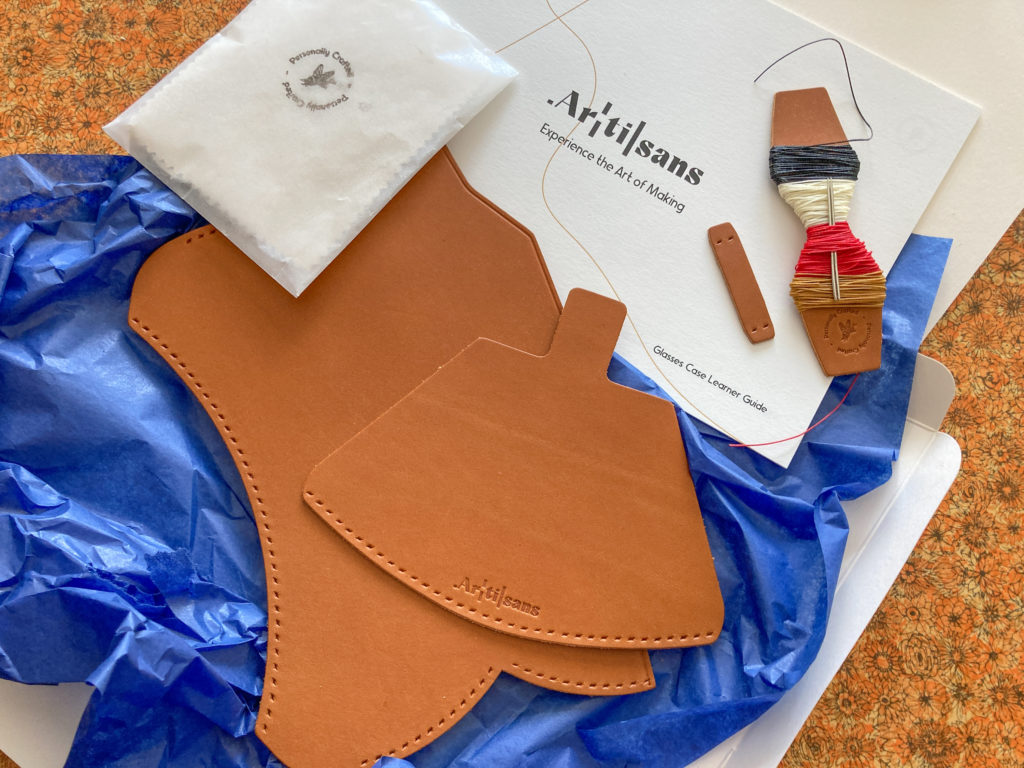
We each had a glasses case kit from .Ar:ti|sans to construct and it was a wonderful experience in so many ways; we were able to help each other to work through the instructions, we got to spend some quality time together away from screens, we both learnt a new skills, we improved our dexterity, and we experienced that thoroughly satisfying feeling at the end when we had both produced lovely glasses cases that we can use. My hands were working in new ways, I was absorbed in the task and my brain was actively learning – brilliant!
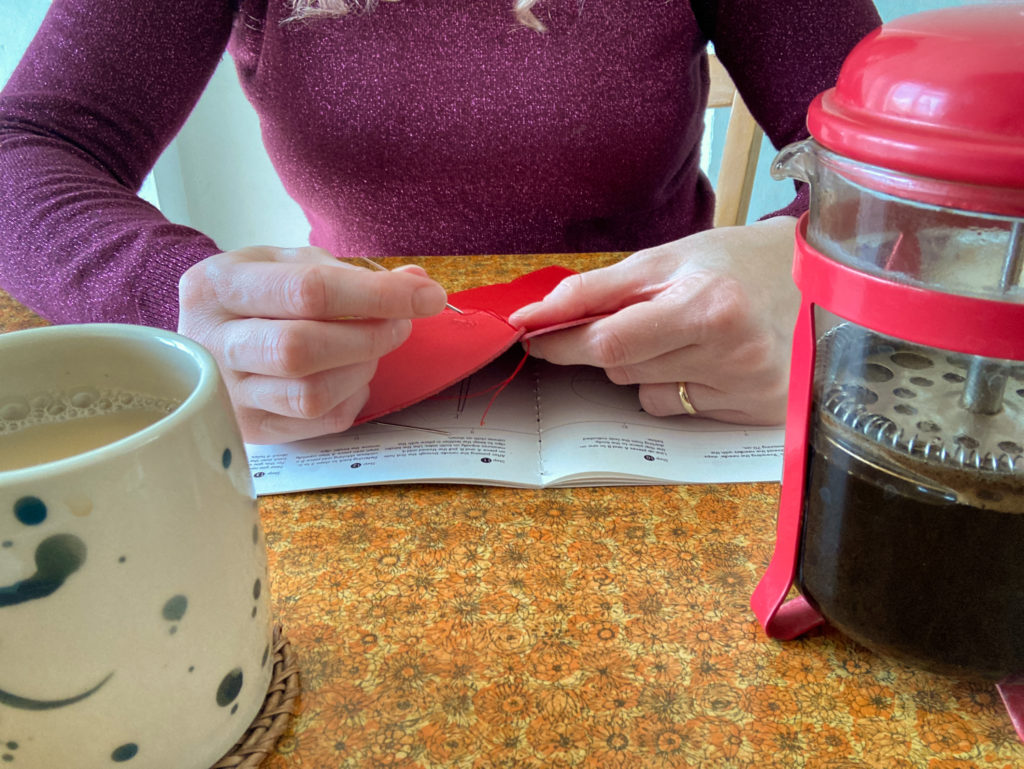
Likewise, my friend taught me to cross-stitch during a casual evening on the sofa a while ago. Again, being taught a craft and doing the activity together was such a special moment. She was happy to pass on her knowledge and I admired her abilities, she was able to help me if I got stuck, and we could chat together throughout the project. It ticked all the physical and mental wellbeing boxes AND we got to spend some quality time together.
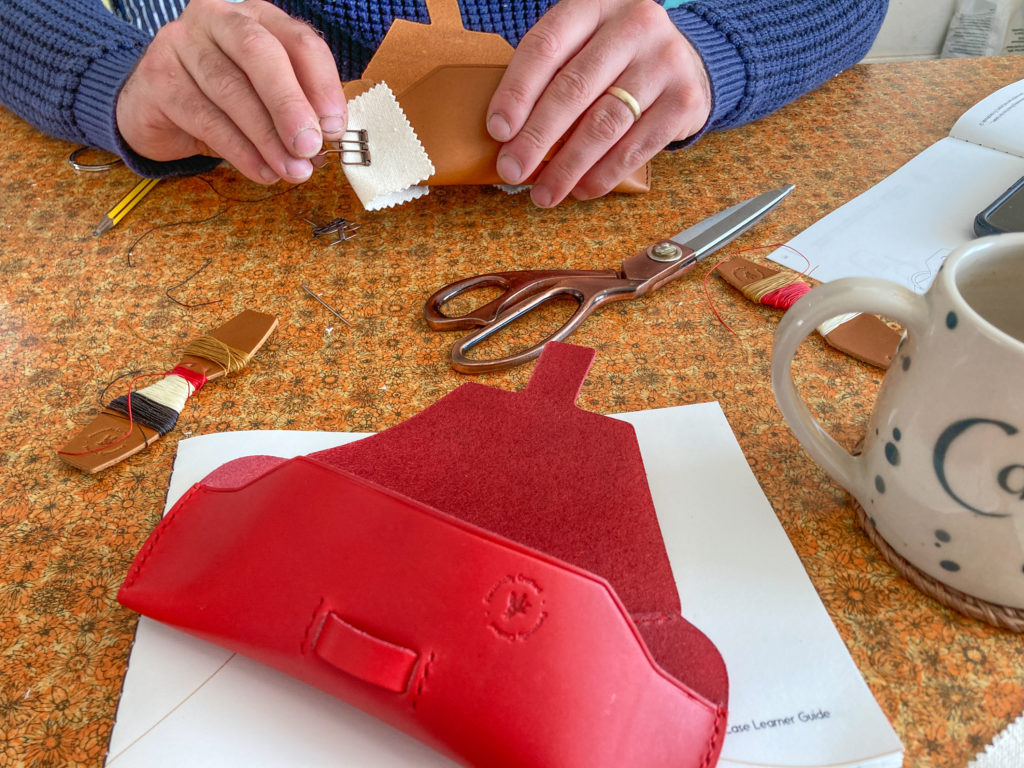
3 DEXTERITY
You might not think that there are many physical benefits to come from crafting, but the good news is that it’s hugely beneficial for your dexterity. Projects that involve precision will help you to improve your fine motor skills and hand-eye coordination, and activities with repetitive movement of your hands will help to keep them agile throughout your life.

Sewing and knitting are particularly good activities for improving your dexterity, so constructing a leather kit by .Ar:ti|sans and knitting swatches for my Learn To Knit Online class have both helped me to improve the range of movement in my hands. If you start working with your hands now, they’ll be better prepared to continue moving freely and precisely in later years.
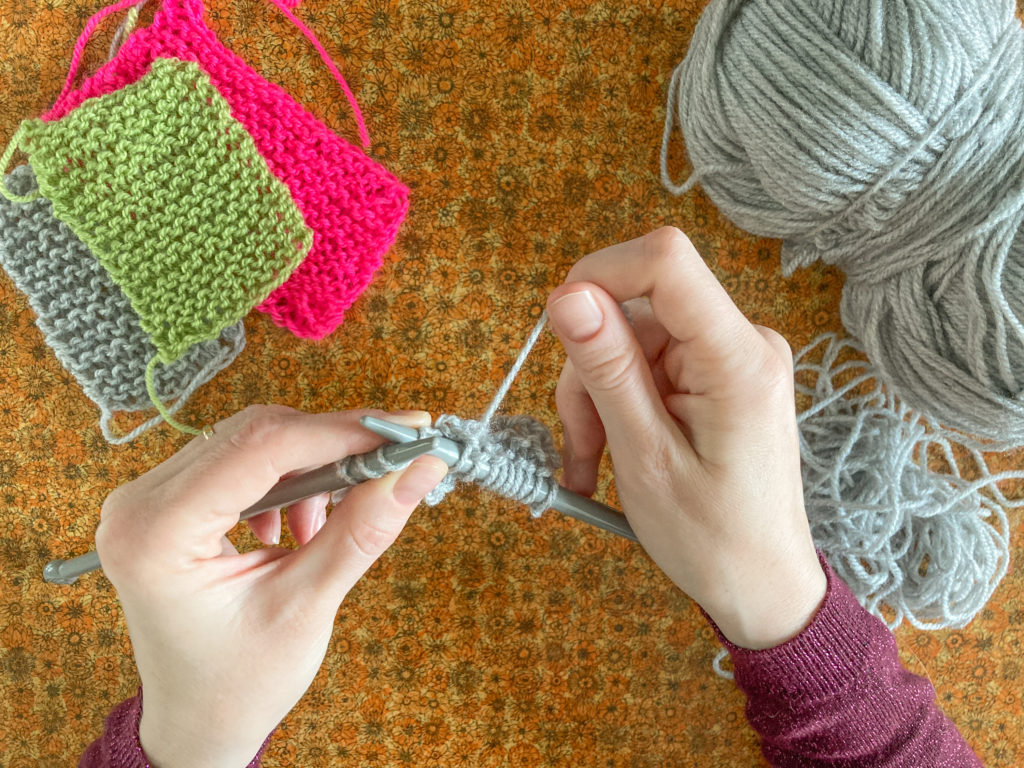
4 BRAIN HEALTH
The added bonus of learning a new craft skill is that it helps to improve your brain’s wellbeing. According to .Ar:ti|sans ‘learning new things actually helps your brain cells to do things more efficiently by reinforcing the myelin sheath. Some scientists think this is what causes muscle memory.’ During an activity like stitching, painting, writing, playing an instrument, knitting and so on, the brain moves from the ‘struggle’ phase (when you’re first learning) into the ‘release’ stage, when it passes what you’ve learnt into your long-term memory.
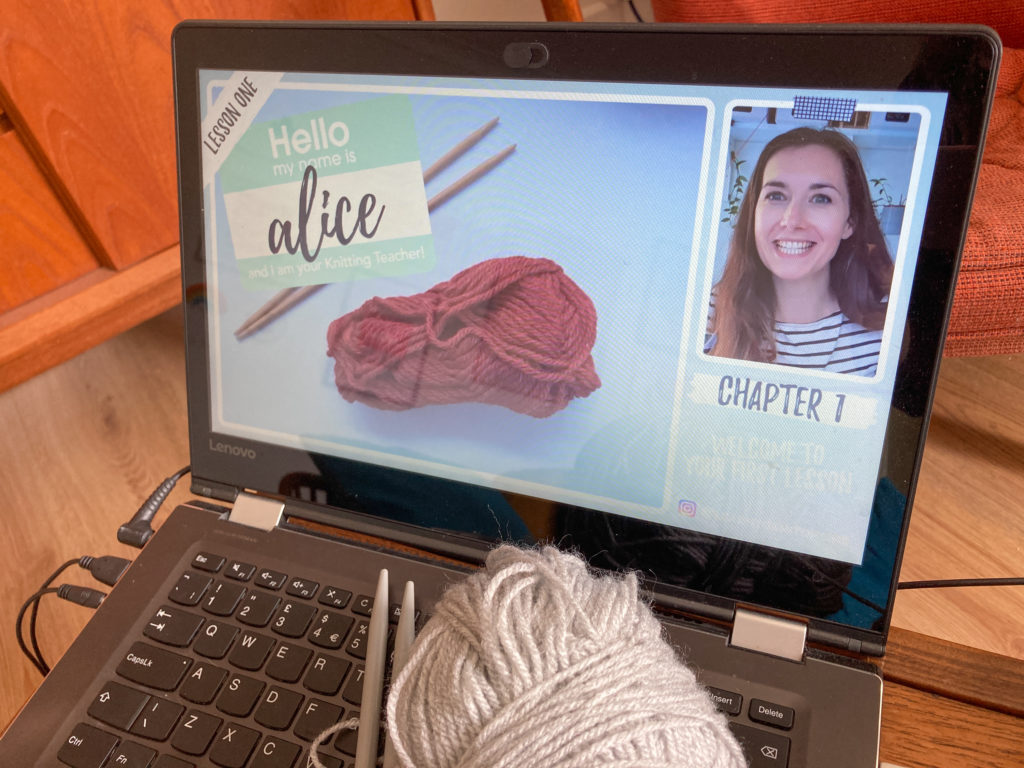
Any activity where you are stretching yourself and learning a technique for the first time will contribute to your brain’s plasticity – the brain’s ability to change and adapt from experience – which is crucial for developing resilience. Neuroscientist and psychologist Dr. Brian King highlights resilience and problem solving as important in lowering overall stress levels.
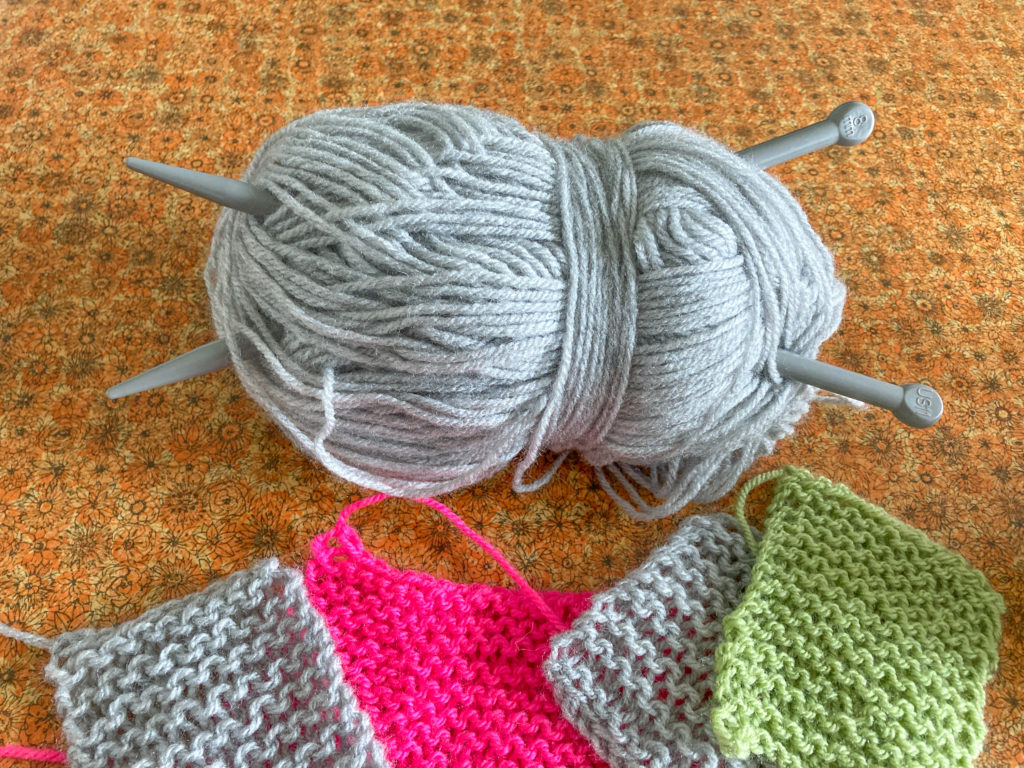
So what do you think? Could you benefit mentally and physically from getting crafty? If so, head over to .Ar:ti|sans to try out leather craft or visit LearnToKnitOnline.com for cosy and calming knitting lessons, or see if a family member or friend could show you how to cross-stitch, paint, sew, lino print or weave. Let me know what craft you would like to try out in the comments below and please share your recommendations of activities that you think I would enjoy – I’d love to learn some new skills. 🙂
PIN IT FOR LATER
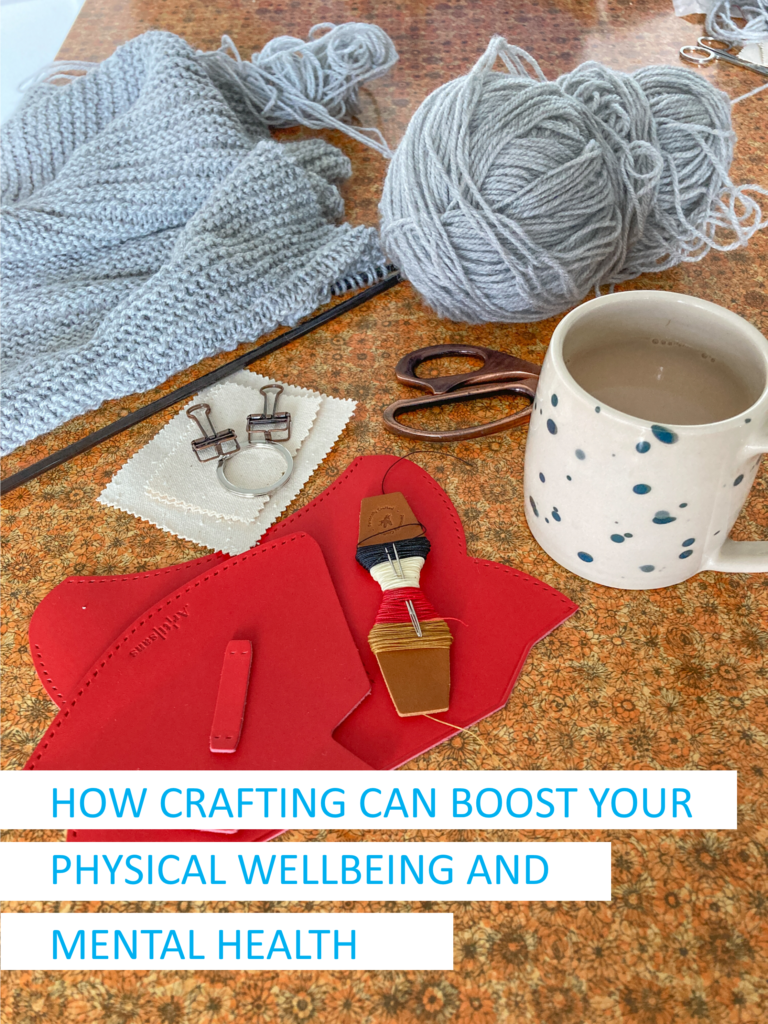
This article is a sponsored collaboration. The pink links in the content indicate a sponsored link or information source. The blog post reflects my own experience and the sponsor hasn’t had any control over my content 🙂
Some items in this blog post have been gifted to me and the pink links indicate a gifted product, affiliate link or information source. All thoughts and opinions in this post are based on my own experience and I am not responsible for your experience 🙂




